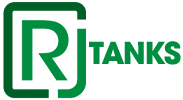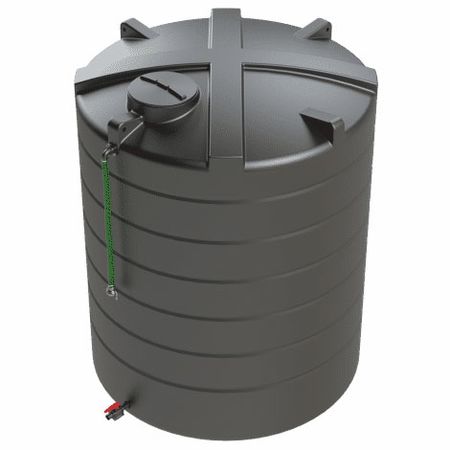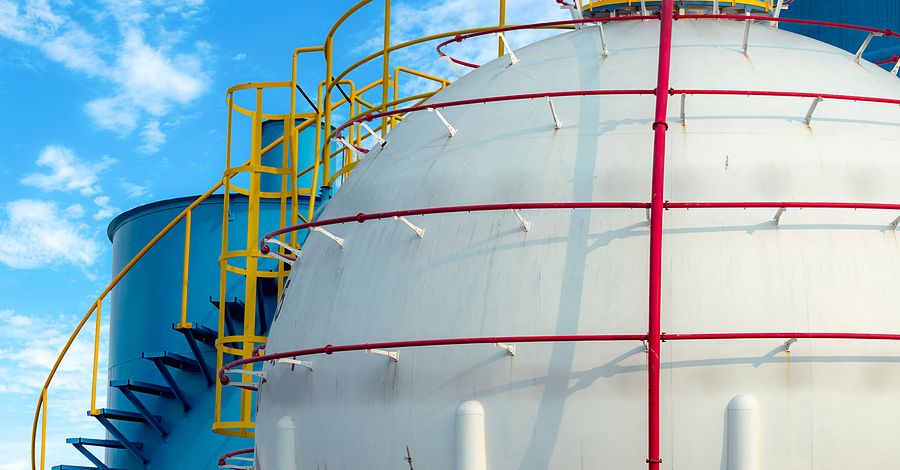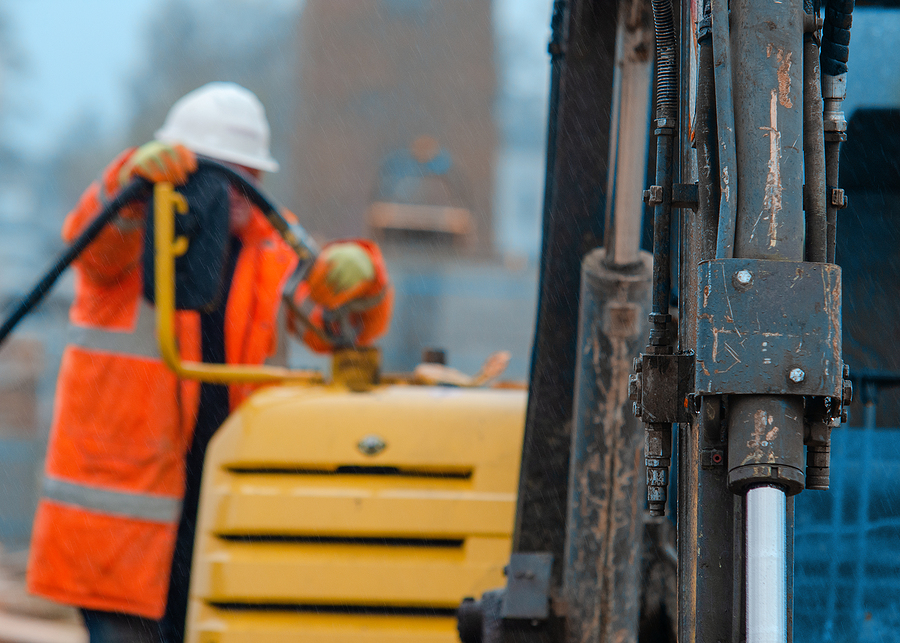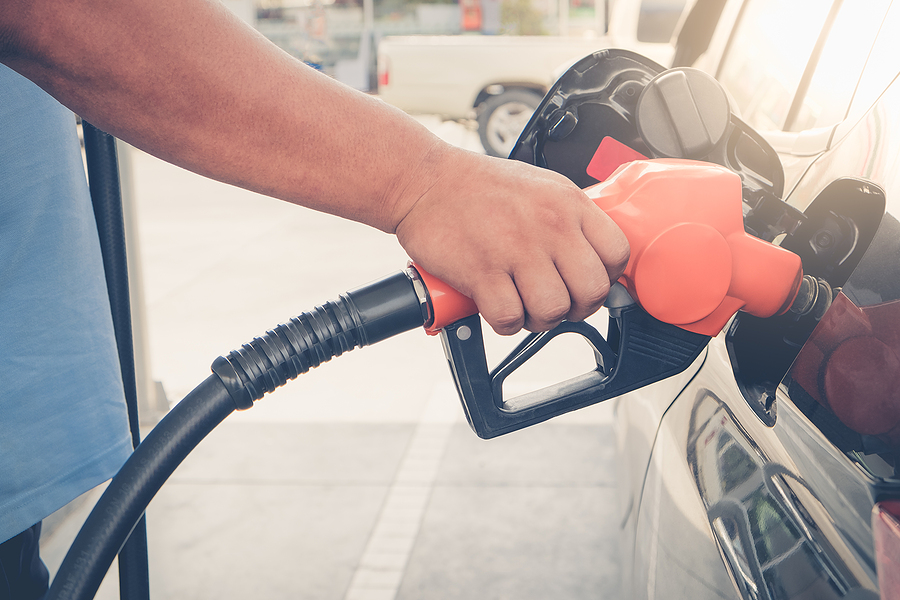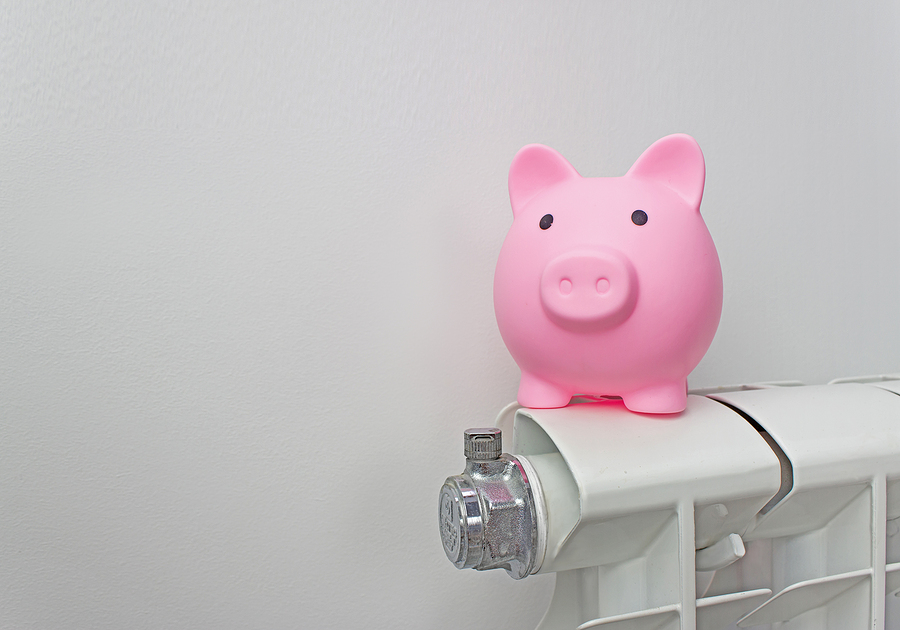When Will Oil Prices Go Down?

It can’t have escaped the notice of many that oil prices have hit new highs recently. This has led to looming increases in domestic energy bills that are terrifying for many people on modest incomes. So what’s caused the spike, and when can we expect to see prices return to a more even keel?
One factor is of course the pandemic. The Omicron wave that hit the world in the run up to Christmas destabilised the economic recovery, and this had a knock-on effect on energy production. Stocks of oil are low, and this has driven up the price of crude oil to $100 a barrel in some cases.
The ongoing tensions between Russia and Ukraine are also having an impact. Russia supplies Europe with up to 40% of its oil and gas, and any sanctions imposed as a reaction to military invasion would lead to significant shortages, driving prices even higher.
One of the most unfair aspects of the steep rise in fuel prices is that they have hit low earners the hardest. These are likely to be front-line employees who can’t save on transport costs by working from home, such as shop staff and care workers. Families with young children to take to school, clubs, medical appointments, and so on are also being hit hard.
Speaking to The Independent newspaper, Mark Wolfe, executive director of the Energy Assistance Association, said: “Those who are front-line workers, have children who they need to drive to school, the dentist and other essential trips — they will bear the full burden of these increases. There’s not a lot of room to cut back.”
Unfortunately, with so much economic and political
uncertainty, plus a shortage of natural oil and gas reserves, there is no clear
end in sight to the price rises. Householders can at least take some comfort in
the fact that spring, and hopefully some warmer weather, is on the way.
If you are looking for oil tank installers, talk to us today.
